COLOMBO — The recent killing of a fisherman by a crocodile off the coast of the Sri Lankan capital has shone a spotlight on the city’s long-overlooked crocs — and also sparked calls for them to be moved elsewhere.
In the Jan. 3 incident, Somasiri Peries, 58, who collected ornamental marine fish for a living, was dragged down by a large saltwater crocodile (Crocodylus porosus) while diving at a sandstone reef off Dehiwala, a suburb of Colombo.
An autopsy subsequently determined he suffocated to death. Crocodiles have been reported on several previous occasions in this area, which is close to a beach that’s popular with tourists, but this is the first recorded crocodile attack in the sea off Sri Lanka.
Residents have called for the crocodile to be captured immediately; the Department of Wildlife Conservation (DWC), which patrols the coast, says it wasn’t able to find the animal after two days of searching.
“We believe the crocodile would have returned to one of Colombo’s canals, from where it would have gone into the sea,” said Asanka Gunawardana, head of the DWC’s marine unit.
Colombo is one of the world’s most densely populated cities, yet still hosts a population of saltwater crocodiles, the world’s biggest living reptile.
The city is fringed by wetlands, and within the urban area itself lies a network of canals that were dug during Sri Lanka’s colonial period for transportation purposes.
Today, these canals are believed to be home to about 30 medium to large crocodiles, says leading herpetologist Mendis Wickramasinghe.
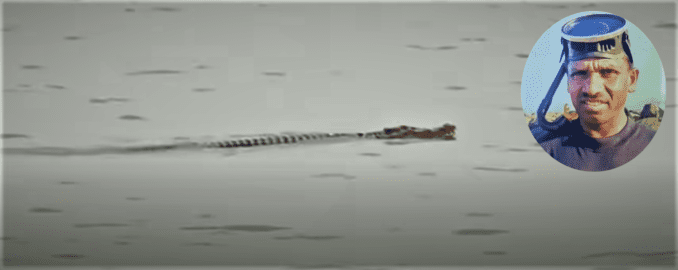
Canal crocodiles
Depending on water conditions, they travel up and down the canals, which empty out into the sea. “The saltwater crocodiles prefer brackish water, but when there is heavy rain, the saltiness of the water dilutes, so it is possible that crocodiles are pushed further toward the ocean in search of ideal water quality,” says herpetologist Suranjan Karunarathna. Particularly heavy rains can also effectively flush the crocodiles out to sea, Karunarathna said.
It’s speculated they may also frequent the mouths of the canals for the large fish that congregate there, though some herpetologists maintain that the crocodiles don’t feed during the time they spend in the sea.

Veteran herpetologist Anslem de Silva, regional chairman of the Crocodile Specialist Group at the IUCN, the global conservation authority, told Mongabay that the crocodiles in the Colombo canal system use a sea-based route to migrate through the southwestern Panadura Canal and into Lake Bolgoda, about 16 kilometers (10 miles) south of Dehiwala. Saltwater crocodiles can survive in the sea and are known for their ability to swim long distances in the ocean, so it’s no surprise to find them in the sea around Colombo, de Silva said.
In 1999, a crocodile was found entangled in a fishing net in the sea off Moratuwa, a Colombo suburb just south of Dehiwala. In 2012, a crocodile was reported in the same area, coinciding with an annual swimming event starting from neighboring Mount Lavinia. No incident was reported despite the large number of participants swimming going through the same stretch. In 2015, another crocodile sighting in the sea received media attention.

Many sightings, few attacks
Records of crocodiles in Colombo go back centuries, with the names of several villages suggesting a long coexistence with humans. In 1656, when the Dutch took over as the colonial power in Sri Lanka from the Portuguese, they renamed the main entrance to the latter’s Colombo Fort from Queen’s Gate to Kayman’s Gate, after the Dutch word kaaiman for crocodile. The crocodiles in question would gather in the moat around the fort to feed on food scraps thrown out by the people living inside. But these weren’t saltwater crocodiles, rather the smaller mugger crocodiles (Crocodylus palustris).
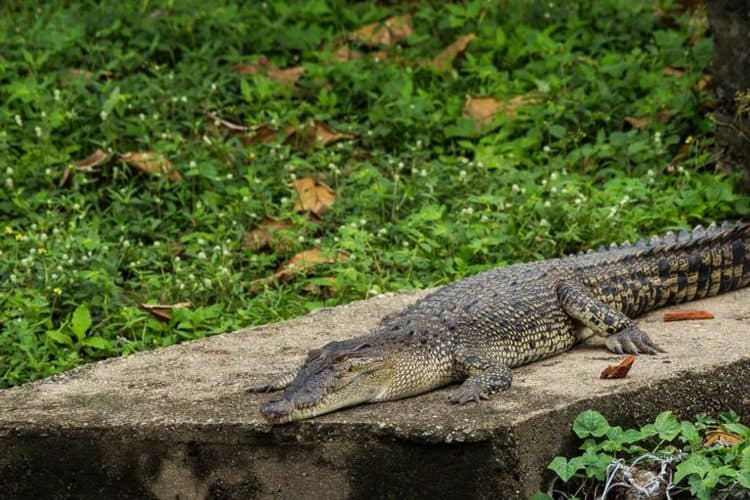
Since then, there have been sporadic scientific observations of crocodiles in Colombo. In his 1853 book on the fauna of Sri Lanka, E.F. Kelaart, a naturalist who described several species from around the island, wrote of the likely presence of saltwater crocodiles in what is today the Modara suburb of Colombo.
Sightings have become more widespread in the various water bodies throughout Colombo. Crocodiles have been spotted in the wetlands in the Bellanwila-Attidiya suburb, and are now frequently being recorded in the Diyawanna Wetland Complex, says veteran environmental lawyer and naturalist Jagath Gunawardena, who has studied Colombo’s ecosystems since the 1970s.
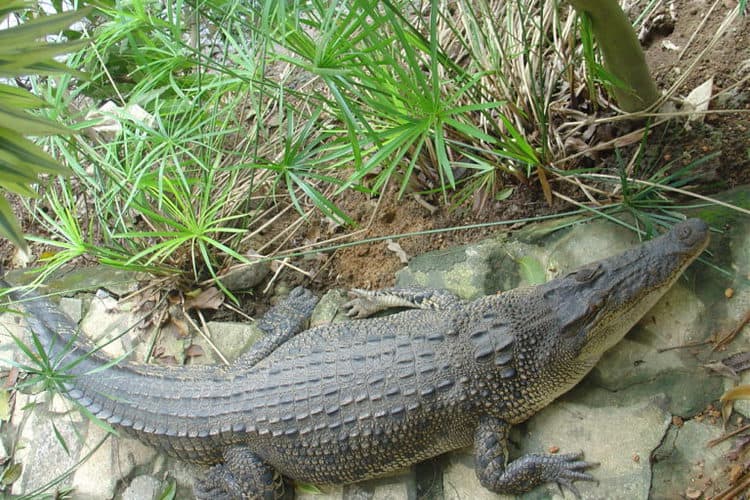
“Deepening these water bodies with the intention to control floods results in saltwater intrusion, in turn providing ideal brackish water conditions for saltwater crocodiles to thrive,” Gunawardena told Mongabay. “This could also be a result of unplanned development.”
Yet despite the long presence of crocodiles in this increasingly urban human landscape, reported attacks remain rare. A five-year survey that ran from 2008-2012 listed only 33 cases of crocodile attacks on humans (most of them by the saltwater variety), eight of which were fatal.
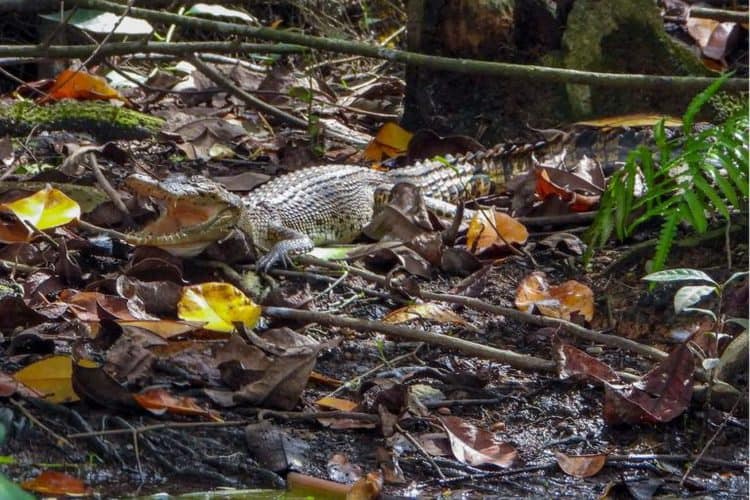
To put that into perspective, “In the first three days this January, some 44 people have died due to road accidents,” said Wickramasinghe, the herpetologist. “People however pay more attention to deaths caused by animals and this is hyped by sensational media coverage.” He added that crocodiles have always shared the same habitats as humans, and incidents like those that led to the death of Peries are always possible.
Karunarathna said crocodiles perform an important ecological service and are integral to the urban biodiversity of Colombo. In 2018, Colombo was declared among the first batch of 18 Ramsar Wetland Cities for its wetlands and related biodiversity, to which the presence of the crocodiles contributed, according to Karunarathna.

Translocation (and back again)
A few days after Peries’s death, a much smaller crocodile was spotted near Colombo’s Galle Face waterfront, triggering media attention and public fear. There have since been calls from the public for the DWC to set up traps to catch crocodiles and translocate them, but this isn’t the answer, Wickramasinghe said.
“People demand translocation, but often, translocation has proved ineffective, especially of the saltwater crocodiles,” he said.
Unlike mugger crocodiles, saltwater crocodiles are highly territorial and won’t tolerate the introduction of a new individual into their range, leading to fights that often end up in one of the animals being killed.
Pradeep Rathnasiri, a DWC wildlife ranger who specializes in crocodiles, told Mongabay there have been instances of crocodile translocations backfiring. In 2002, a 3.7-meter (12-foot) crocodile captured from the Nilwala River in southern Sri Lanka was moved to Yala National Park, and tagged for easy visual identification even from a distance. The animal was later spotted in several different locations as it made its way back to its home range — a 120-km (75-mi) journey back to the Nilwala that took about a month.
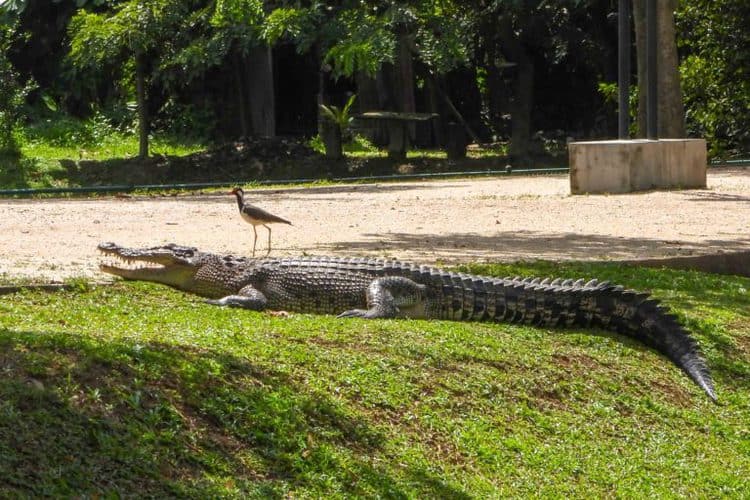
In 2012, authorities translocated another crocodile from Nilwala to Yala, this one measuring 4.2 m (13.8 ft), where it reportedly killed half of the smaller mugger crocodiles living in the park’s reservoir before also making a successful return journey, Rathnasiri said.
The journey back by a translocated crocodile can also prove dangerous, with a high risk of the animal encountering humans and leading to serious injuries or fatalities on one or both sides.
This, Wickramasinghe said, highlights the need for a scientific approach for dealing with the crocodiles of Colombo.
This article by Malaka Rodrigo was first published by Mongabay.com on 26 January 2022. Lead Image: A crocodile basking in the morning sun at the edge of a walking path near a popular wetland park in Colombo. The reptiles aren’t always aggressive as is widely assumed, and attacks may be accidental or opportunistic. Image courtesy of Saman Abeygunawardane.
What you can do
Support ‘Fighting for Wildlife’ by donating as little as $1 – It only takes a minute. Thank you.
Fighting for Wildlife supports approved wildlife conservation organizations, which spend at least 80 percent of the money they raise on actual fieldwork, rather than administration and fundraising. When making a donation you can designate for which type of initiative it should be used – wildlife, oceans, forests or climate.

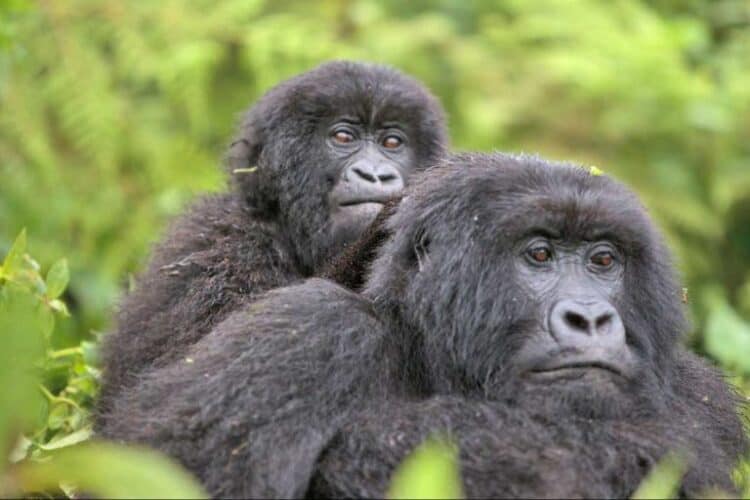
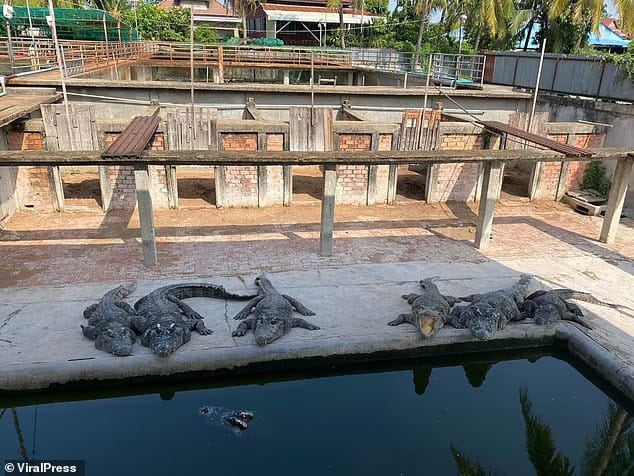
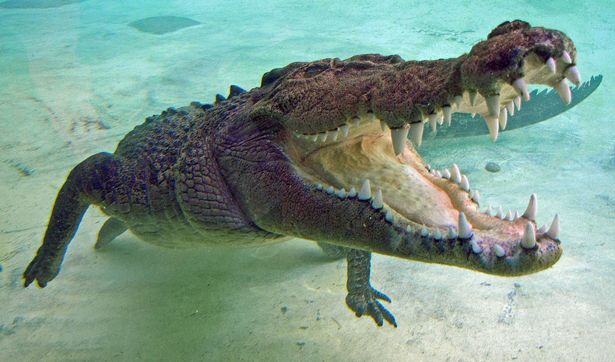
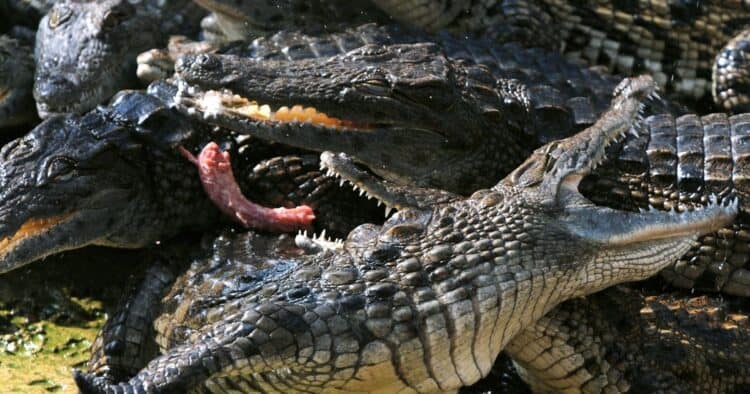

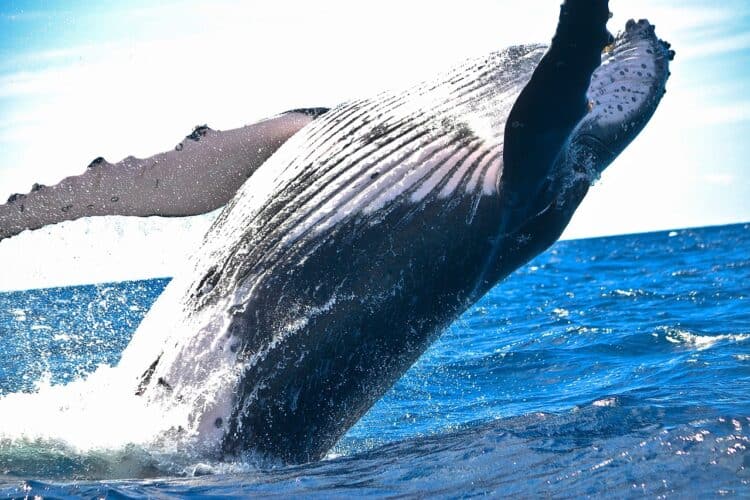
Leave a Reply